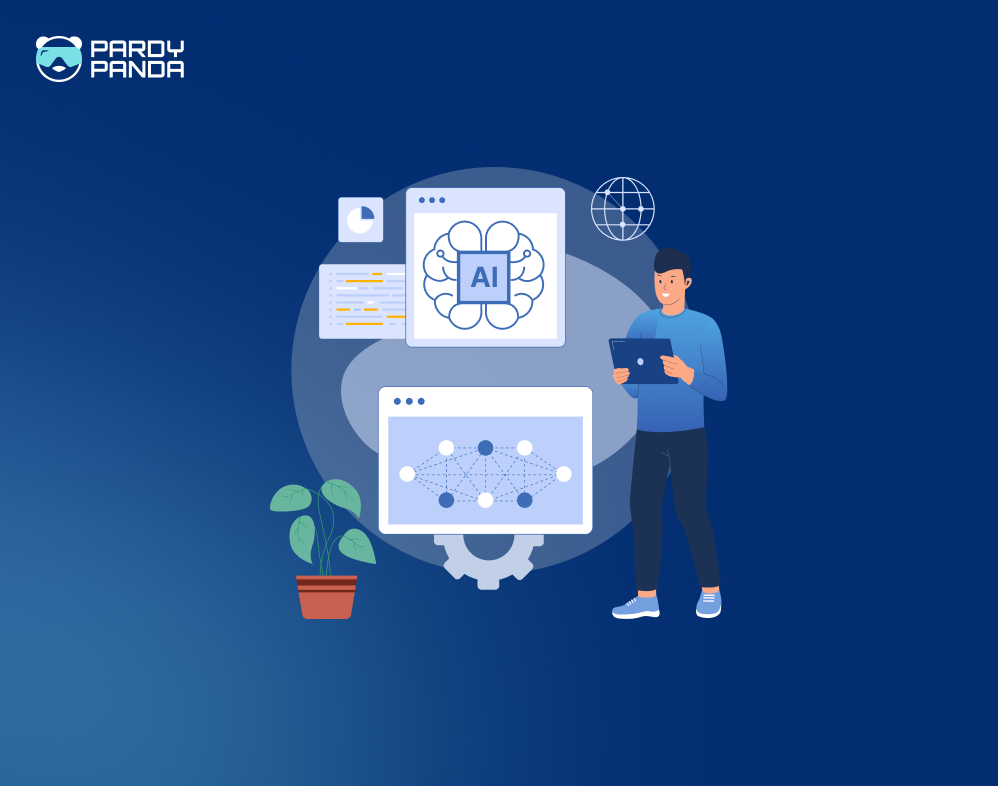The AI Hype Is Real, but Is Your App Even Ready for It?
AI can personalize, automate, and scale your app’s capabilities, but not every app is ready for the jump. Before you plug in ChatGPT or build a recommendation engine, you need to step back and ask: Is your app structurally, technically, and strategically ready for AI?
This blog walks you through a developer’s checklist to ensure you’re not just following the hype but setting your app up for real, sustainable success with AI.
The Developer’s AI-Readiness Checklist
1. Do You Have the Right Problem to Solve With AI?
Not everything needs machine learning. Before diving in:
- Define a clear goal: Are you automating a repetitive task? Improving predictions? Personalizing content?
- Avoid AI for AI’s sake: AI is powerful, but overengineering can slow down your app and confuse your users.
Example: If users often abandon carts, AI can personalize offers, but a simple UX tweak might work better.
2. Is Your App’s Data Clean, Accessible & Structured?
AI thrives on quality data. Here’s what to check:
- Do you have enough historical data to train a model?
- Is your data structured, tagged, and stored in a usable format (SQL, JSON, etc.)?
- Can your system handle real-time data ingestion?
Pro Tip: Garbage in = Garbage out. Clean data makes or breaks your AI model.
3. Is Your Infrastructure Ready for AI Workloads?
AI models can be computationally hungry. Ask yourself:
- Can your backend handle additional processing loads?
- Do you need GPU support or edge computing?
- Are your APIs designed to support asynchronous or batch AI calls?
Cloud platforms like AWS, Azure, or GCP offer AI-specific services, but even those need integration planning.
4. Is Your App Modular Enough to Integrate AI?
Monoliths slow you down. Modular, API-first architecture helps you:
- Easily plug in AI services (like OpenAI, Hugging Face, Firebase ML)
- Replace or upgrade models over time
- Avoid disrupting core features during testing
If your app isn’t modular, integrating AI might require partial re-architecture.
5. Have You Considered Privacy, Ethics & Compliance?
AI and user data go hand in hand. You need to:
- Get user consent for AI processing, especially in regions with GDPR or CCPA
- Ensure data anonymization where needed
- Avoid bias in model outcomes (especially if they impact decision-making)
Don't treat this as a checkbox. It’s a trust issue.
6. How Will You Measure Success Post-Integration?
Before adding AI:
- Define KPIs (conversion rate, churn, avg. session time, etc.)
- Set up A/B testing frameworks
- Plan for continuous monitoring & feedback loops
Remember, AI is not set-it-and-forget-it. Models degrade without upkeep.
Bonus: Pre-Integration Questions to Ask Your Team
- Are we trying to impress stakeholders or help users?
- Do we have the in-house skills or need a tech partner?
- Will AI improve the entire user journey or just one touchpoint?
Final Thoughts
Before you jump on the AI bandwagon, make sure your app is ready to ride. Assess your tech stack, clean up your data, and build with purpose, not pressure.
If you’re unsure where to begin, we at Pardy Panda Studios help teams integrate AI the right way, without a costly rebuild.
FAQs:
Q1: What does it mean for an app to be AI-ready?
Being AI-ready means your app has the right infrastructure, clean and sufficient data, a modular architecture, and a clear use case for AI. It should also meet compliance and privacy standards.
Q2: Can I integrate AI without changing my current app structure?
Suppose your app is modular and API-driven, yes. But legacy or monolithic apps often need architectural adjustments before AI can be added effectively.
Q3: Do I need a lot of data to use AI in my app?
Not always. Some pre-trained models (like OpenAI's GPT or Google's Vision APIs) don’t require your own training data. But for custom models or personalization, good data is essential.
Q4: Is it expensive to make an app AI-ready?
It depends. Adding AI via third-party APIs can be quick and cost-efficient. But building your own models or restructuring your app may require more investment upfront.
Q5: What are the risks of integrating AI too early?
Common risks include poor performance due to unclean data, increased infrastructure costs, user mistrust due to unclear AI outputs, and overcomplicating something that didn’t need AI in the first place.





